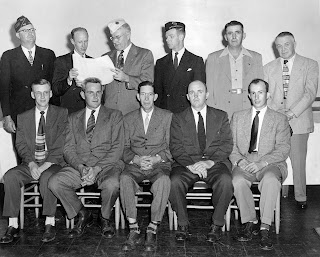Diary of Reverend John Sharshall Grasty
The Reverend John Sharshall Grasty (1825-1883) is the son of Philip Lightfoot Grasty and Jane White Clark Grasty of Pittsylvania County, Virginia. He attended the University of North Carolina, 1842-1843, obtained a license to practice law in 1844, and settled at Henry Court House, Virginia.
After a single entry of February 28, 1843, the diaries begin with irregular entries from January through December, 1844, when Grasty was nineteen years old. Daily entries begin in January, 1845, and continue through 1850. During this period he practiced law in Henry County, Virginia, attended Union Seminary in Farmville, Virginia, and early in 1849 was called to the Presbyterian Church in Yanceyville, Caswell County, North Carolina.
The entries record his interest in law, religion, reading, conversation, phrenology, the temperance movement, courtship and marriage, visiting and "taking tea," backgammon, etc. Between the entries for September 27 and June 10, 1847, are a number of outlines for sermons. Generally there is little elaboration in the journal comments, although occasionally a remark on religion or courtship will be extended.
A typical entry is that of April 7, 1849:
"Walked up to Dr. Roane's--he and myself came down street--spoke of Miss Galloway, etc. I read Autobiography of Goethe--after dinner went down to Mr. Johnson's store--got Rice on Phrenology--went up to Dr. Roane's. Dr. Jones, Mr. Henderson and myself conversed--I then attended prayer meeting. I then went to McAlpin's store-then took a walk--after tea read Scottish tales."
There are passing references to many persons from prominent families in Caswell County, North Carolina, and in Danville, Virginia, where he frequently journeyed. An especially interesting account is given of a month's tour to Washington, D.C.; Philadelphia; New York City; Niagara Falls; Lowell, Mass.; etc. in May-June, 1850.
Miscellaneous items include two letters of 1834 and 1852; a poem, 1871; and a brief history of the Grastys in Virginia, 1967.
As a result of efforts by Millard Q. Plumblee of the Caswell County Historical Association, a transcript of the diaries is preserved on microfilm at the State Archives of North Carolina (Raleigh, North Carolina). The Call Number is Mfp.124 (MARS ID 2634).





